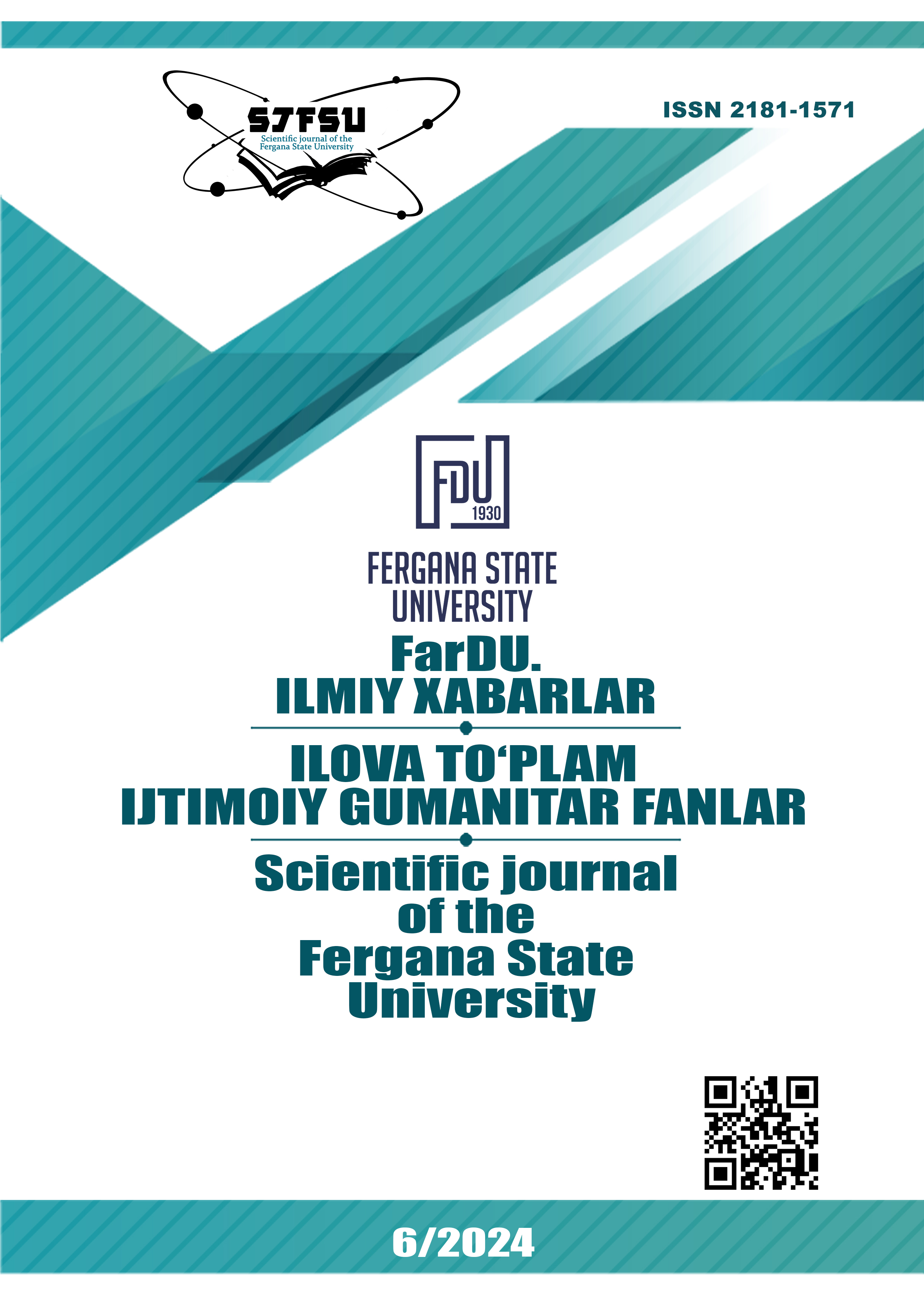COMPARATIVE ANALYSIS OF ONLINE AND TRADITIONAL CLASSROOM LEARNING.
Keywords:
online learning, traditional classroom learning, constructivism, community of inquiry framework, student engagement, social presence, teaching presence.Abstract
The rise of the online learning modality has transformed the educational landscape, providing flexibility and convenience, but calls into question its efficacy when compared to the more traditional form of physical interaction with students. This article investigates to address this gap by juxtaposing these internalization strategies with the help of relevant theories, empirical data and important findings. The paper examines the cognitive, constructivist and socio-cultural approaches in order to highlight the strengths and weaknesses of online and classroom teaching. Finally, the article integrates the findings of several studies to reflect the relationship between particular approaches used and the students’ academic performance and involvement in the learning process.
References
Arbaugh, J. B. (2005). Does the community of inquiry framework predict outcomes in online MBA courses? “International Review of Research in Open and Distributed Learning”, 6(1), 1-18. https://doi.org/10.19173/irrodl.v6i1.174
Bernard, R. M., Abrami, P. C., Borokhovski, E., Wade, C. A., Wozney, L., Fiset, M. (2004). How does distance education compare with classroom instruction? A meta-analysis of the empirical literature. “Review of Educational Research”, 74(3), 379-439. https://doi.org/10.3102/00346543074003379
Garrison, D. R., Anderson, T., Archer, W. (2000). Critical thinking, cognitive presence, and computer conferencing in distance education. “American Journal of Distance Education”, 15(1), 7-23. https://doi.org/10.1080/08923640009527071
GARRISON, D., & ANDERSON, T. (2004). A framework for research and practice. Journal of Distance Learning, 8(1).
Mayer, R. E. (2009). “Multimedia learning” (2nd ed.). Cambridge University Press.
Means, B., Toyama, Y., Murphy, R., Bakia, M., Jones, K. (2010). “Evaluation of evidence-based practices in online learning: A meta-analysis and review of online learning studies.” U.S. Department of Education. ttps://doi.org/10.1037/e530272011-001
Paas, F., Tuovinen, J. E., Tabbers, H., Van Merriënboer, J. J. G. (2003). Cognitive load measurements as a means to advance cognitive load theory. “Educational Psychologist”, 38(1), 63-71. https://doi.org/10.1207/S15326985EP3801_8
Piaget, J. (1970). “The science of education and the psychology of the child”. Orion Press.
Sweller, J. (1988). “Cognitive load during problem solving: Effects on learning.” Cognitive Science, 12(2), 257-285. https://doi.org/10.1207/s15516709cog1202_4.
Shea, P., Sau Li, C., & Pickett, A. (2006). A study of teaching presence and student sense of learning community in fully online and web-enhanced college courses. The Internet and Higher Education, 9(3), 175–190.
Vygotsky, L. S. (1978). “Mind in society: The development of higher psychological processes” Harvard University Press.
Zhao, H., Seibert, S. E., & Hills, G. E. (2005). The Mediating Role of Self-Eddicacy in the Development of Entrepreneurial Intentions. Journal of Applied Psychology, 90, 1265-1272. https://doi.org/10.1037/0021-9010.90.6.1265
Downloads
Published
Issue
Section
License
Copyright (c) 2025 Scientific journal of the Fergana State University

This work is licensed under a Creative Commons Attribution-NonCommercial-NoDerivatives 4.0 International License.
Most read articles by the same author(s)
- , THEORETICAL FOUNDATIONS OF BLENDED LEARNING TECHNOLOGY AND ITS SIGNIFICANCE IN THE EDUCATIONAL PROCESS , Scientific journal of the Fergana State University: No. 6 (2024): Scientific journal of the Fergana State University ADDITIONAL COLLECTION (Social humanities sciences)

